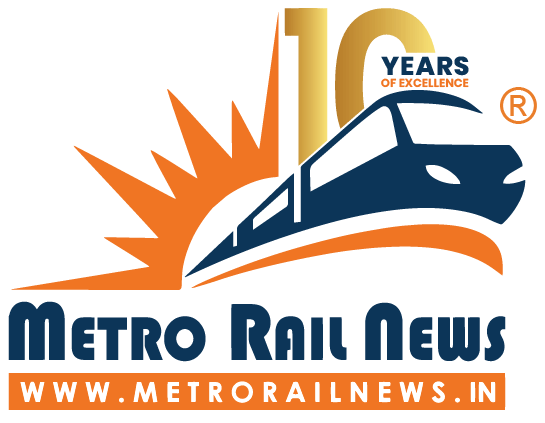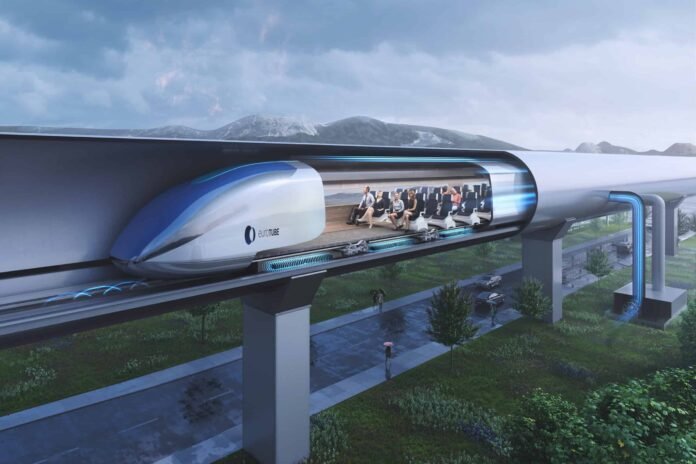TuTr Hyperloop Private Limited, a technology startup formed at IIT Madras, has entered into a partnership with SYSTRA, a company with expertise in transportation engineering and mobility solutions, to support the development of high-speed transportation, particularly hyperloop technologies, in India.
MoU signed between SYSTRA and TuTr Hyperloop
To further expedite research, testing, and the development of scalable and energy-efficient transportation systems suited to India’s rapidly evolving mobility landscape, the two organizations have formalized their agreement by signing a Memorandum of Understanding (MoU).
Aim Behind the SYSTRA and TuTr Hyperloop Partnership
This collaboration combines TuTr Hyperloop’s specialized knowledge in hyperloop technology and high-speed transit solutions with SYSTRA’s extensive international experience in infrastructure planning, engineering, and implementation. Both entities aspire to develop a scalable framework for future mobility, thereby facilitating advancements in both passenger and cargo transportation across the nation.
Hyperloop Technology
Hyperloop is a proposed high-speed transportation system that uses low-pressure tubes and magnetically levitated pods to reduce travel time between cities. The concept was introduced by Elon Musk in 2013 and has been under research and development by various organizations worldwide.
How Hyperloop Works
- Vacuum Tube System: The system operates within sealed, low-pressure tubes to minimise air resistance.
- Magnetic Levitation (MagLev): Hyperloop pods use magnetic levitation technology to travel without direct contact with the track. This reduces friction and improves efficiency.
- Propulsion System: Linear electric motors or magnetic accelerators propel the pods forward..
- Speed and Travel Time: Theoretical speeds range between 800 and 1,200 km/h, depending on infrastructure and design. For instance, a journey of 350 km could take around 30 minutes, significantly reducing travel time compared to conventional transport.
In accordance with the agreement, both parties shall collaborate to establish a pilot project aimed at demonstrating the viability of the Hyperloop in real-world conditions. To facilitate practical implementation, comprehensive feasibility studies and route planning will be conducted to assess potential hyperloop corridors





